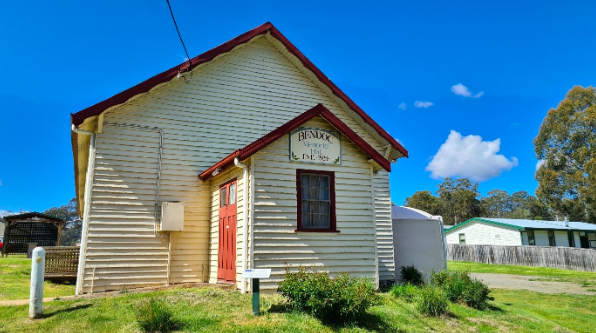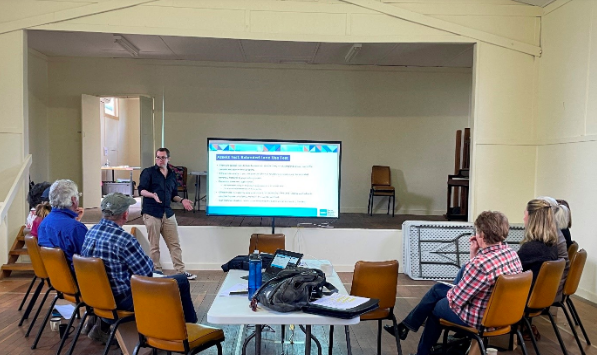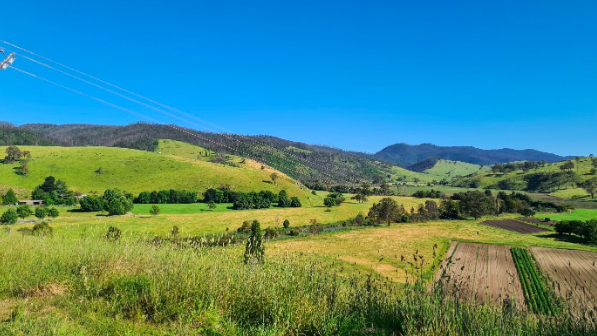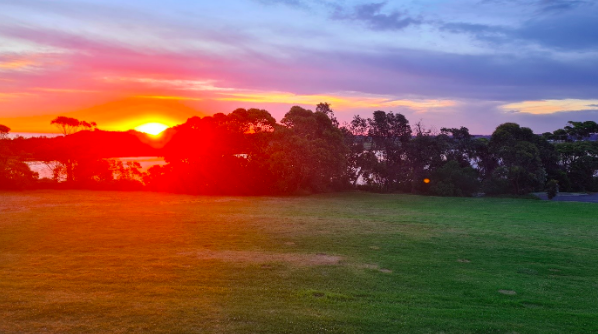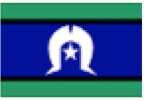Annarietta* is living with chronic fatigue syndrome, and also a spinal condition that can limit movement of the back and neck and cause blood pressure problems. She also experiences mental health issues.
She was receiving the Disability Support Pension (DSP) in the early 2000s but lost eligibility when she moved overseas for several years. On returning to Australia, Annarietta attempted to engage in paid employment but found her condition made it impossible and eventually applied for the DSP again.
Annarietta’s application was rejected by the original decision maker, the Centrelink Authorised Review Officer, and the first tier of the Administrative Appeals Tribunal (AAT). She had appealed this decision to the second tier of the AAT and had been through a number of conferences as part of the process. During these conferences representatives for Services Australia maintained that Annarietta was not eligible for the DSP. That’s when Annarietta sought assistance from SSRV. An SSRV community lawyer assisted Annarietta to prepare submissions ahead of her hearing and had planned to represent her at the hearing itself.
Fortunately, following the submissions, Services Australia’s representatives offered to settle the matter before the hearing proceeded, agreeing that she should receive the DSP.
SSRV worked with Annarietta to ensure this agreement was implemented in a timely fashion.
It had been three years between the initial claim and Services Australia agreeing Annarietta was eligible.
In that time, Annarietta was reliant on JobSeeker Payment. She was required to either look for work she knew she wouldn’t be able to perform, or get regular medical certificates from her doctors explaining that she can’t work. If not for the temporary rate increase during the early stages of the COVID-19 pandemic, she also would have been on a lower rate of payment than that to which she was entitled.
Annariette told SSRV that the entire process had been traumatic and has worsened her conditions.
Annarietta has the capacity to do some work, provided she is afforded flexibility. She believes this capacity to work has been diminished by the worsening of her conditions, and this would not have happened if the process had not been drawn out to such an extent.
Annarietta’s experience was fed into SSRV’s systemic policy activities, and in particular into our submission to the Senate Community Affairs Committee Inquiry into the purpose, intent and adequacy of the Disability Support Pension.
Annarietta’s story highlights the challenges created directly by being on the wrong payment, which sit on top of the other challenges people living with disability face. These can be exacerbated by the length of time the process takes.
Annarietta hopes that sharing her experiences will help others in her position.
Stories like Annarietta’s are not uncommon amongst SSRV’s clients. We generally tell clients to expect a DSP application to take at least three months to be processed, but many take longer. By the time a matter reaches the AAT’s General Division (Tier 2) it would be uncommon for less than a year to have passed since the initial application. And in that time the pressures of life, of living on less adequate income, and of having to engage with activities beyond their capabilities or risk losing that income, all add up.
It’s important to note that this matter was concluded by agreement. That is, representatives for Services Australia decided they agreed that Annarietta should be on the DSP and that they would not contest the hearing.
This is a great outcome for our client, and it shows the value in having a lawyer with social security expertise advocating on an applicant’s behalf; it was, after all, the submissions SSRV prepared that led to this outcome.
But it’s also an example of a matter that could have – and should have – been resolved much earlier and with much less stress to Annarietta. DSP eligibility criteria is complex, as is providing medical evidence in support of an application or appeal. It needs to be simplified. Accessing appropriate income support when living with disability should not be complex.
SSRV continues to advocate for systemic change in this area. But we also offer practical support right now. If you, someone you care for, one of your clients, or one of your patients needs assistance accessing the DSP, start with DSP Help.
DSP Help is a free online resource that will help demystify the DSP and assist in gathering the best medical evidence to support an application or appeal. In 2021 we updated the website with information targeted at doctors and other health workers to better help them when asked to support a DSP applicant.
If you need more assistance, please get in touch.
Legal Assistance Line (for individuals and carers): 0419 793 652 or 03 9481 0355
Worker Help Line (for support workers and health professionals): 0429 450 346 or 03 9481 0655
*Name has been changed

